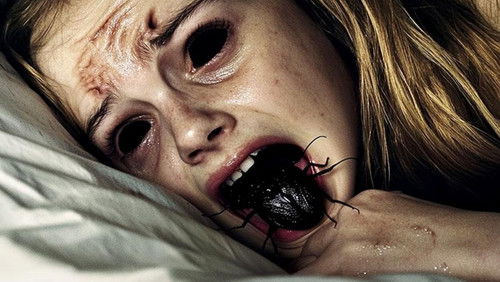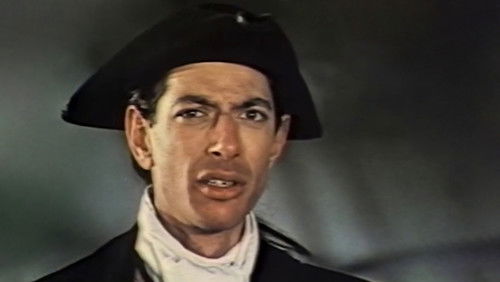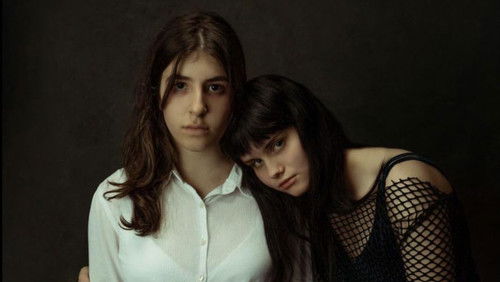The Face at the Window (1939)
49KThe Face at the Window: Directed by George King. With Tod Slaughter, John Warwick, Aubrey Mallalieu, Marjorie Taylor. Set in France in 1880. A series of murders is attributed to a Wolf Man.
“Forget Karloff u0026amp; Lugosi. Forget Cushing u0026amp; Lee, even Price and the Chaneys. Tod is king of horror for one very important reason – he quite evidently enjoys his work. This was the first Tod film I saw and – having heard so much about him prior to this – I feared disappointment. No worries. Despite the cardboard settings and woeful support cast, from the moment he strides masterfully in, we are in the capable hands of a classic film villain. The opening murder with the eerie wolf howl on the soundtracks sets the scene perfectly and then we are treated to an acting masterclass from the great man himself. Whether innocently acting the concerned friend, lecherously trying to sneak a kiss from the heroine, threatening his low-life confederates with a grisly end if they cross him or, worst of all, holding somewhat one-sided conversations with his demented foster brother, Tod holds the film together. The Chevalier is underplayed by Tod compared to Sweeney Todd – but seldom has one man wiggled his eyebrows to more sinister effect. Itu0026#39;s a great pity that Universal studios didnu0026#39;t try to to entice him over for their classic horror cycle – Tod wouldu0026#39;ve made a far more spirited Dracula than John Carradine in the later sequels and canu0026#39;t you just see him going toe to toe with Basil Rathboneu0026#39;s Sherlock Holmes. Shame nobody thought of putting him up against Arthur Wontneru0026#39;s in the UK. The double-exposure effects for the appearance of the u0026quot;faceu0026quot; are well done for their time and the whole film compares favourably with the Universal classics of the period.u003cbr/u003eu003cbr/u003eThe production values are far higher than is normal for a British quota quickie of the period. The contrast between the spacious elegant rooms of the moneyed classes and the clutter of the Blind Rat – with a wealth of extras and charming Parisian detail such as the dancers – more than foreshadows the class-consciousness Hammer brought to its gothics a few decades later. So does the violent action with Lucien using an oil lamp to devastating effect – his disguise as u0026quot;Renardu0026quot; could have been a bit more convincing – and Tod making a sudden getaway by leaping from the window of the scientistu0026#39;s house and swimming the Seine to safety. John Warwick and Marjorie Taylor make an appealing couple – although Warwick is no match for Eric Portman in the earlier melodramas – and George King is improving as a director with a tightly edited montage of tense faces as the u0026quot;corpseu0026quot; slowly stirs into action to write its incriminating message. Tod is less of a central figure with whom we are expected to side with – even through his setbacks – as Stephen Hawke and Sir Percival Glyde were, but is still a marvellously blackhearted villain, as seen in his unsporting behaviour at the duel with pistols with Lucien. This is his finest film.”









